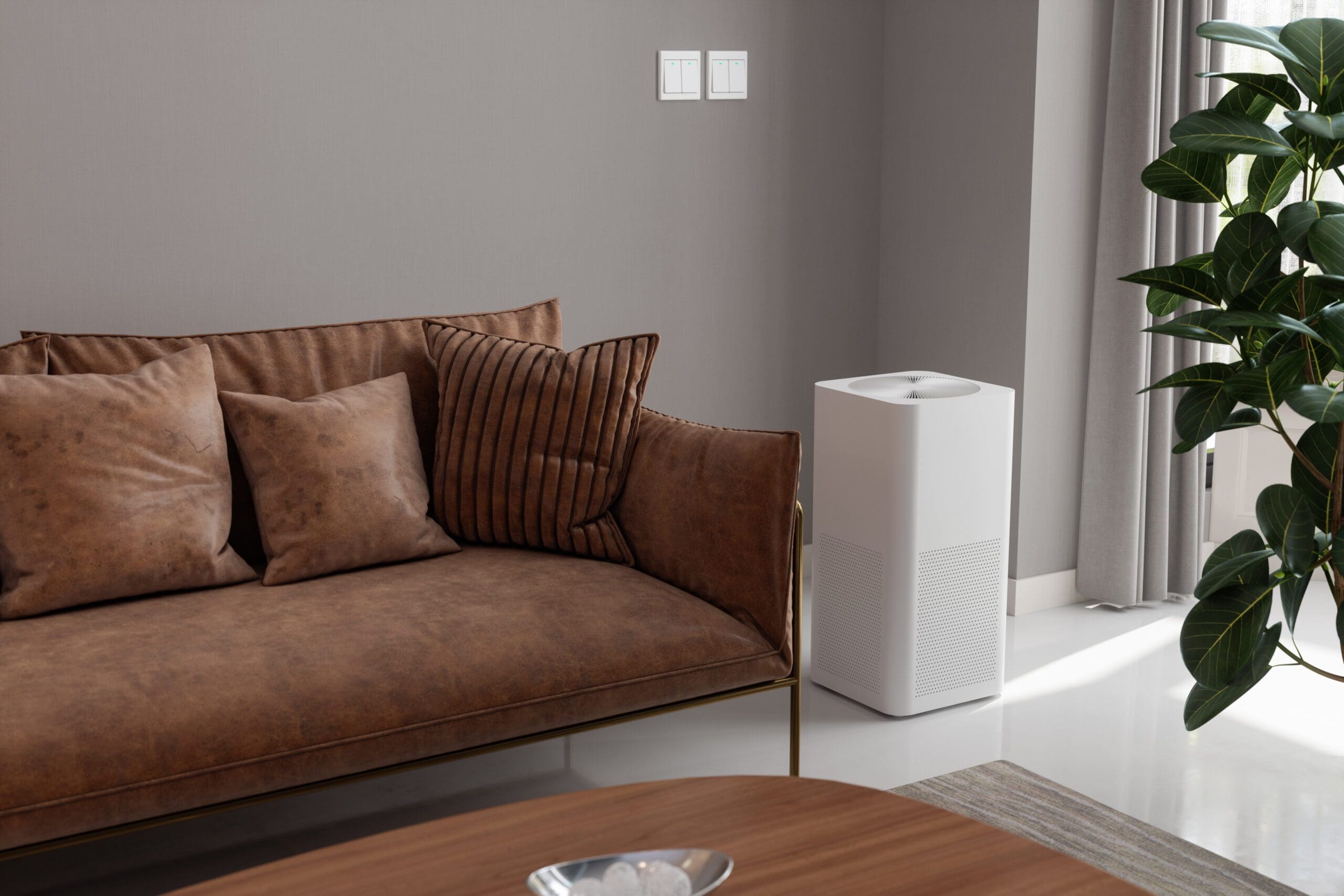Indoor air quality plays a crucial role in maintaining our overall health and well-being. With a significant amount of our time spent indoors, it’s essential to ensure that the air we breathe is clean and healthy. Poor indoor air quality can lead to various health issues, including allergies, respiratory problems, and even long-term complications. In this blog post, we’ll explore five essential tips to help you achieve better indoor air quality for a healthier and more comfortable living environment.
Regular Ventilation:
Proper ventilation is key to maintaining fresh indoor air. Open windows and doors whenever possible to allow for natural airflow, which helps in reducing indoor pollutants and odors. If your home has mechanical ventilation systems, make sure they are well-maintained and functioning effectively to exchange stale indoor air with clean outdoor air.
Use Air Purifiers:
Air purifiers are designed to filter out airborne pollutants, such as dust, pollen, pet dander, and even some bacteria and viruses. High-efficiency particulate air (HEPA) filters are known for their effectiveness in removing small particles from the air. Place air purifiers in commonly used areas like bedrooms and living rooms for optimal results.
Control Humidity Levels:
Maintaining the right humidity level in your home is crucial for preventing mold growth and dust mites, both of which can worsen indoor air quality. Use dehumidifiers in damp areas, like basements, and ensure that your home’s humidity level stays between 30% and 50%. Additionally, fixing any leaks or sources of water intrusion can help prevent moisture-related issues.
Regular Cleaning:
Regular cleaning can significantly impact indoor air quality. Vacuum and dust surfaces frequently use vacuum cleaners equipped with HEPA filters to trap dust and allergens effectively. Wash bedding, curtains, and other textiles regularly to remove accumulated dust and allergens. Don’t forget to clean air vents, air conditioning filters, and other equipment that can harbor pollutants.
Choose Low-VOC Products:
Many household products release volatile organic compounds (VOCs) into the air, contributing to indoor air pollution. Opt for low-VOC or VOC-free products such as paints, cleaning supplies, and furniture. Look for products labeled as “green,” “eco-friendly,” or “low-VOC” to make healthier choices for your indoor environment.
Conclusion:
Prioritizing indoor air quality is a vital step toward ensuring a healthier and more comfortable living space. By following these five essential tips – maintaining proper ventilation, using air purifiers, controlling humidity levels, regular cleaning, and selecting low-VOC products – you can significantly improve the quality of the air you and your family breathe. Investing in your indoor air quality is an investment in your well-being, contributing to a healthier and more enjoyable living environment.



